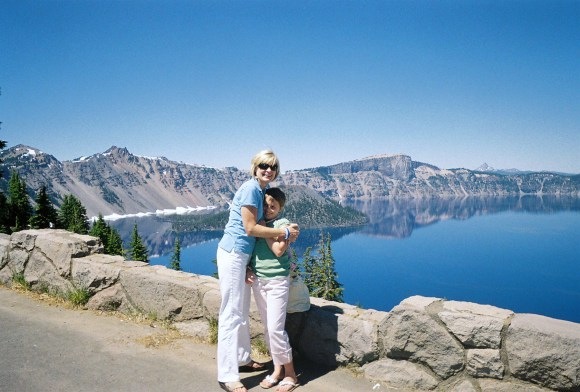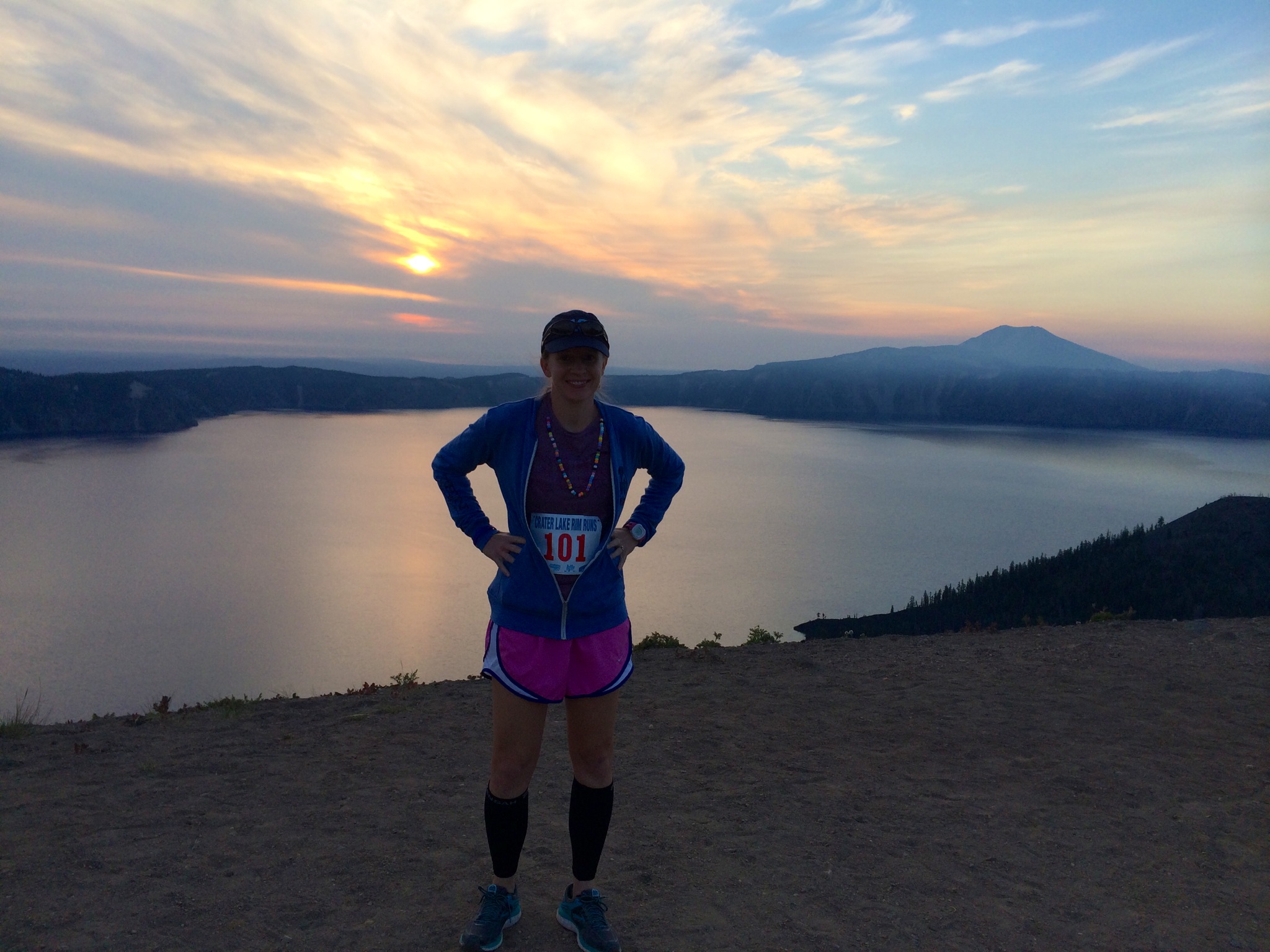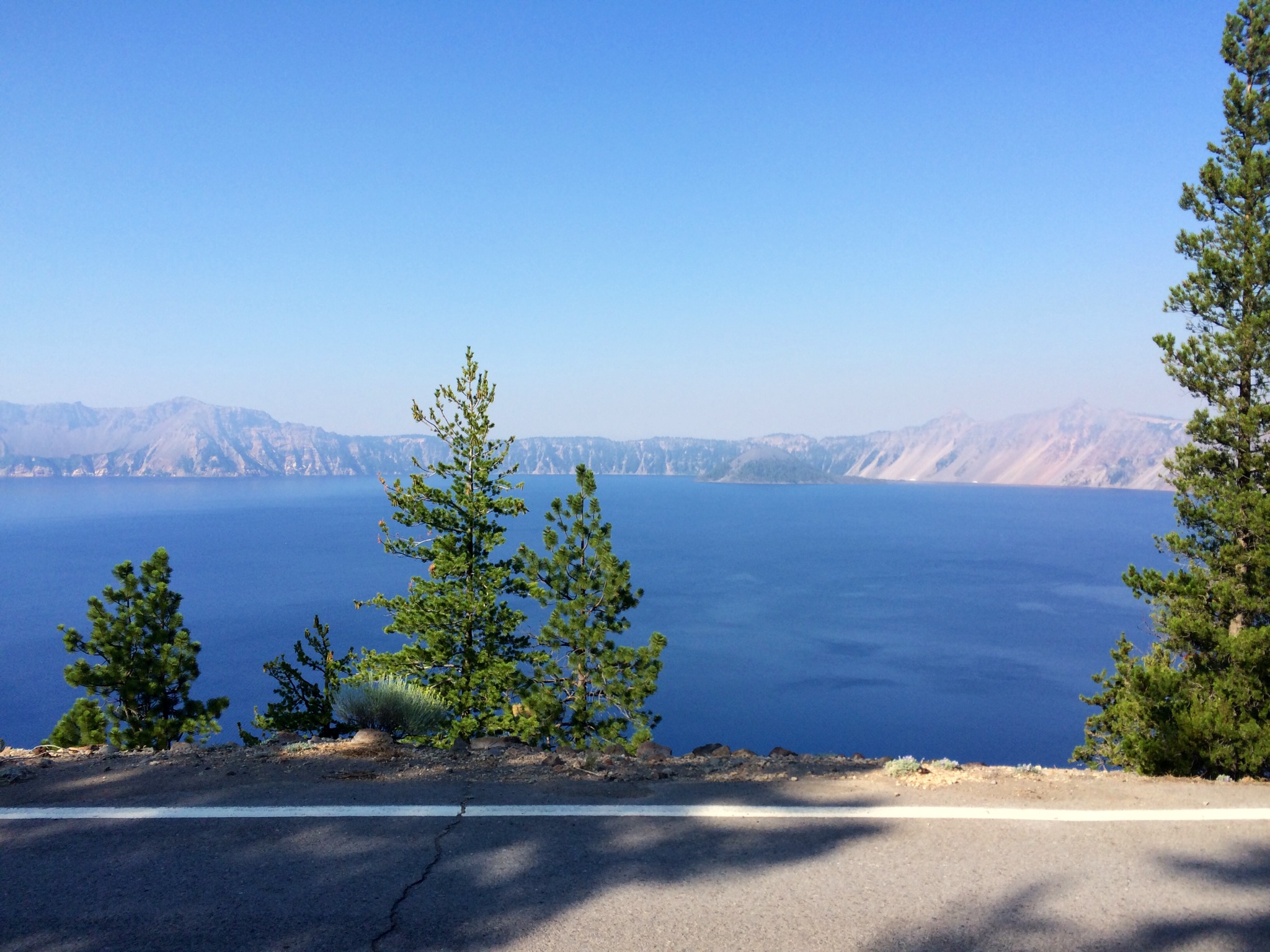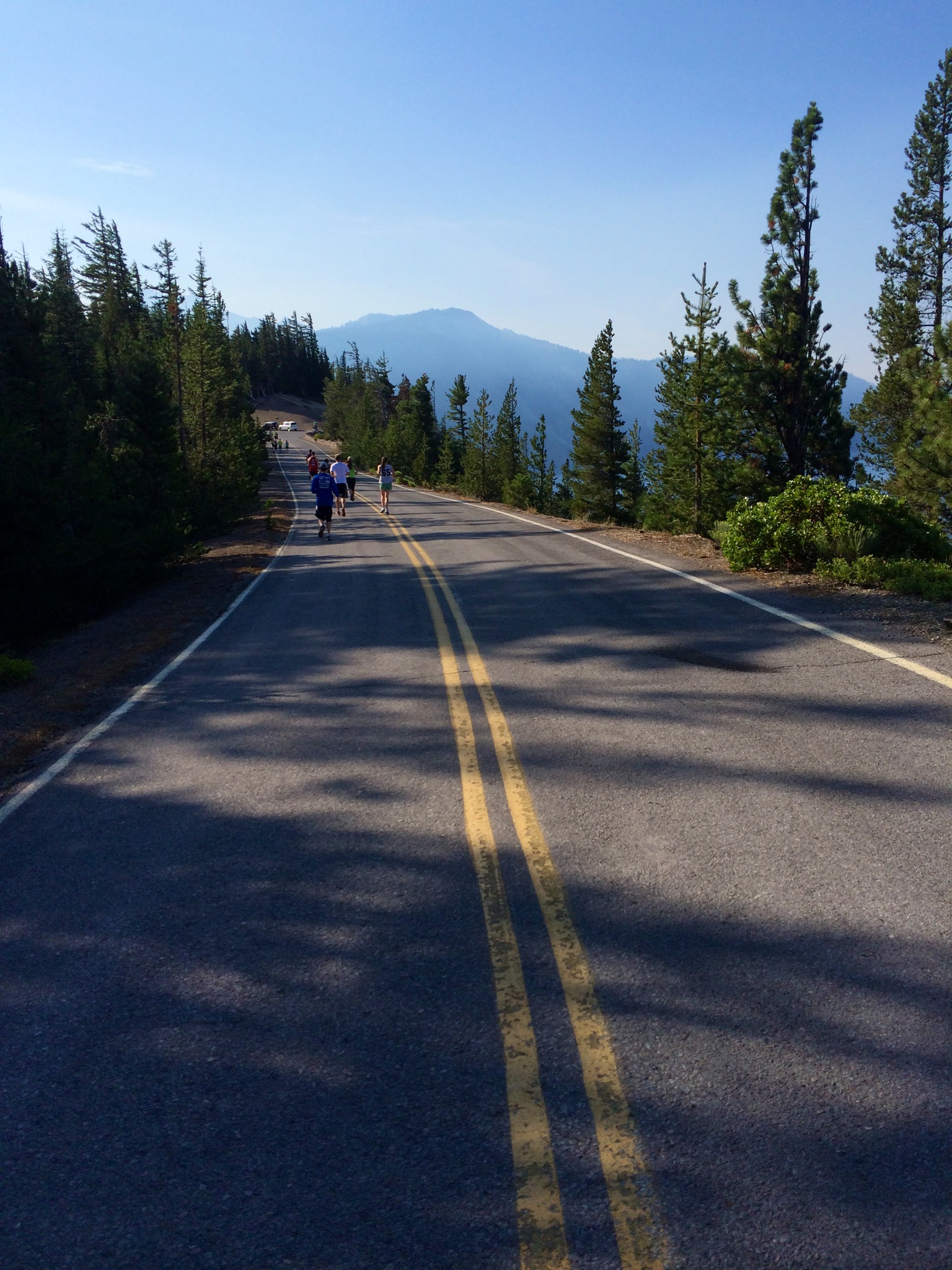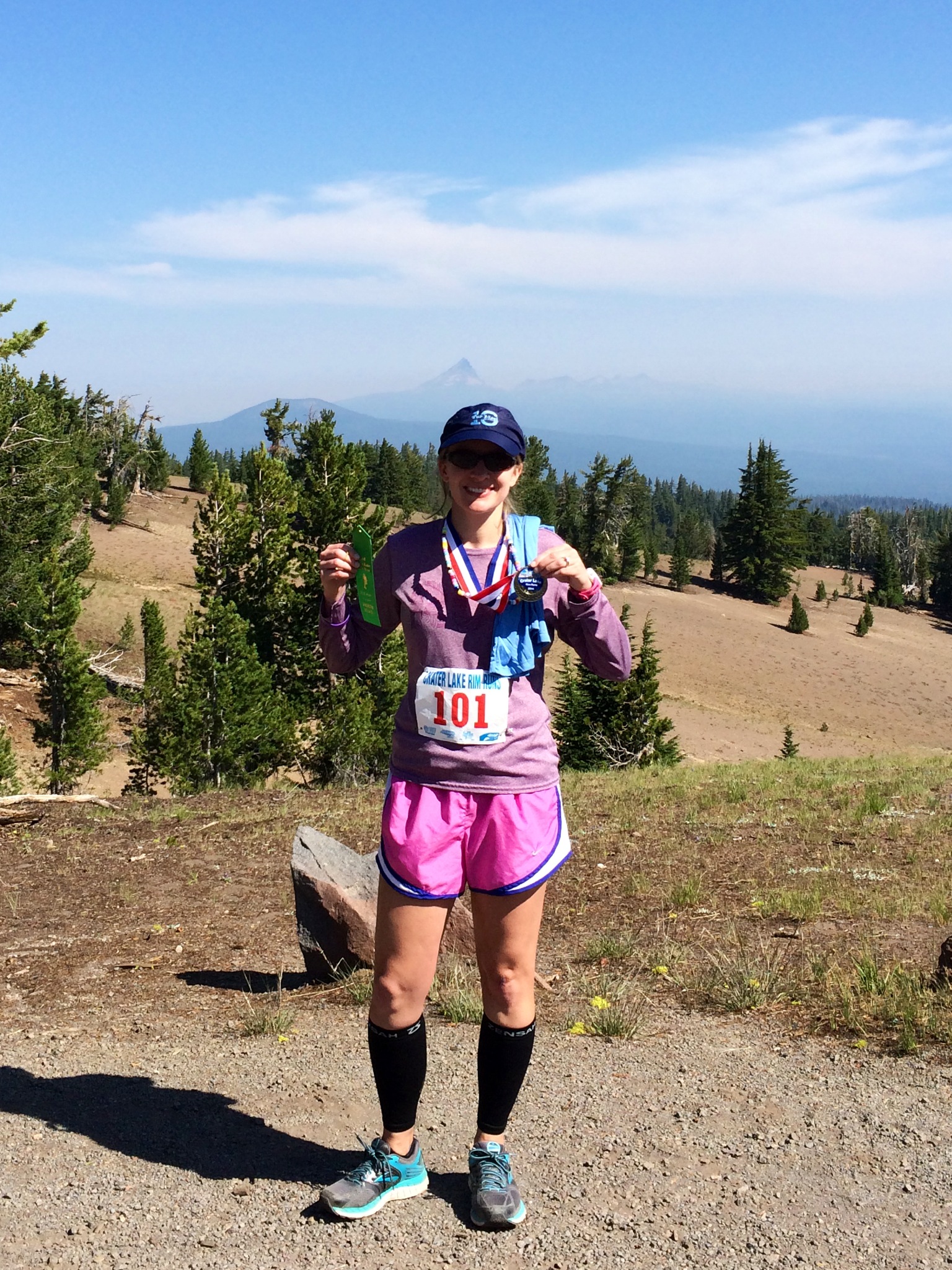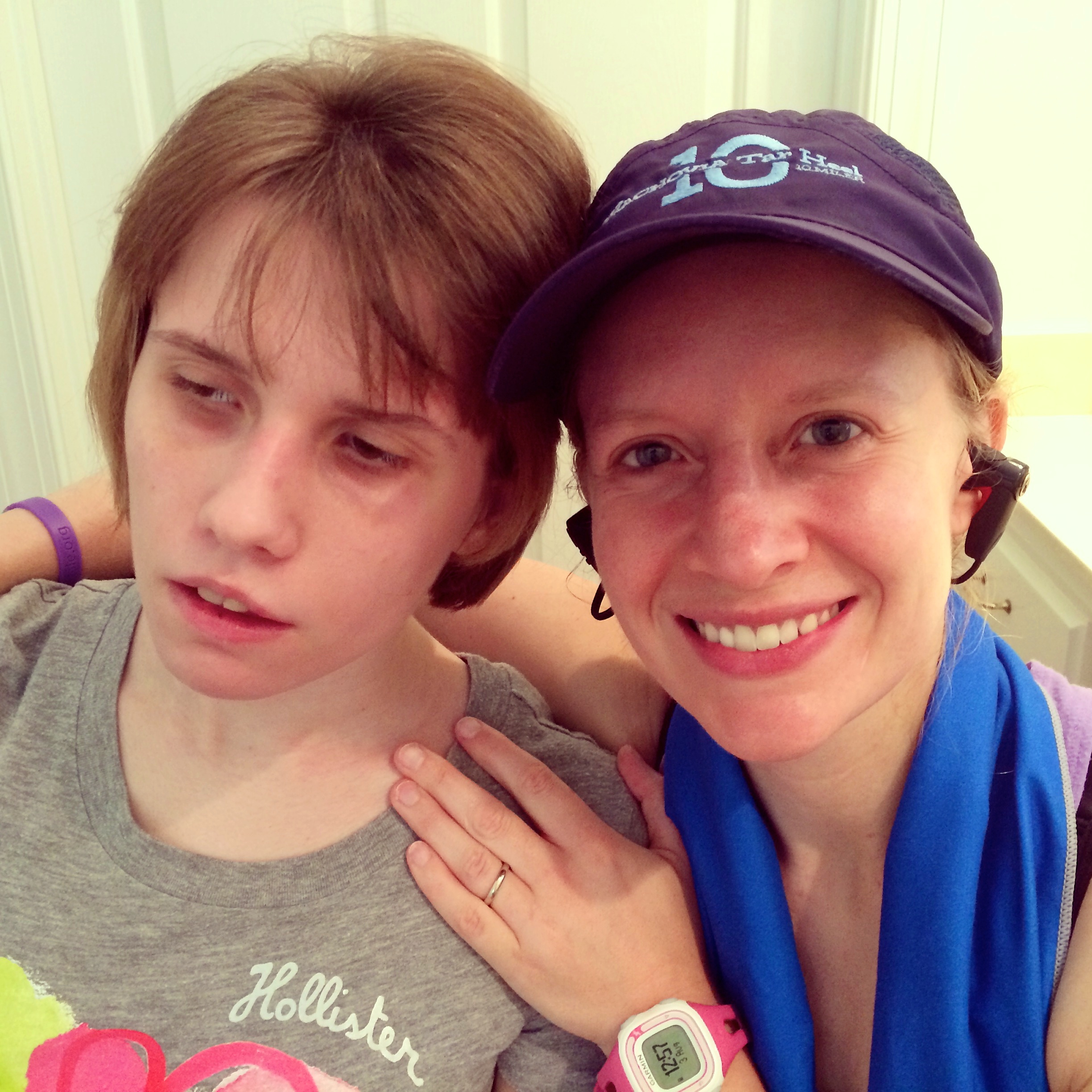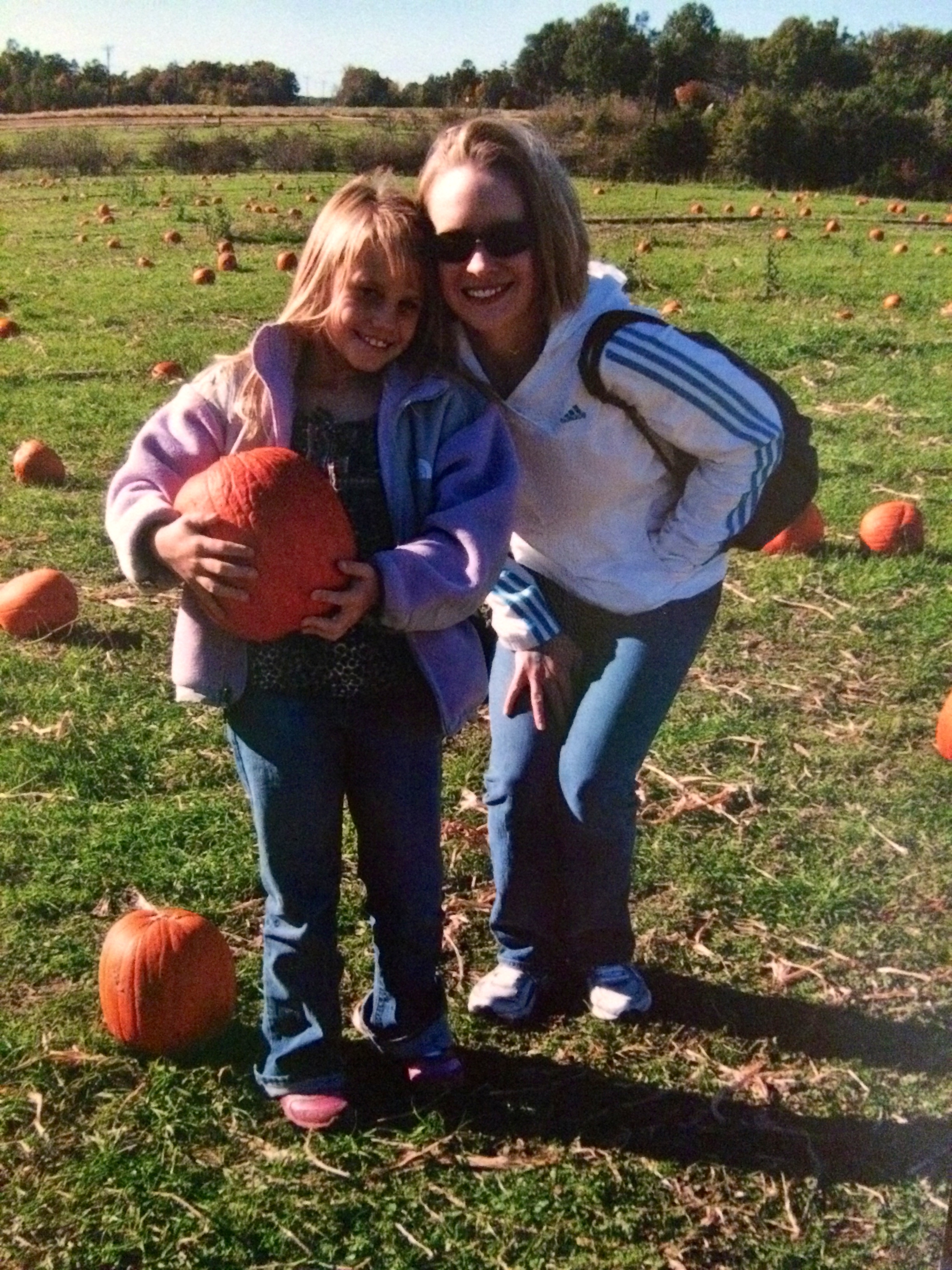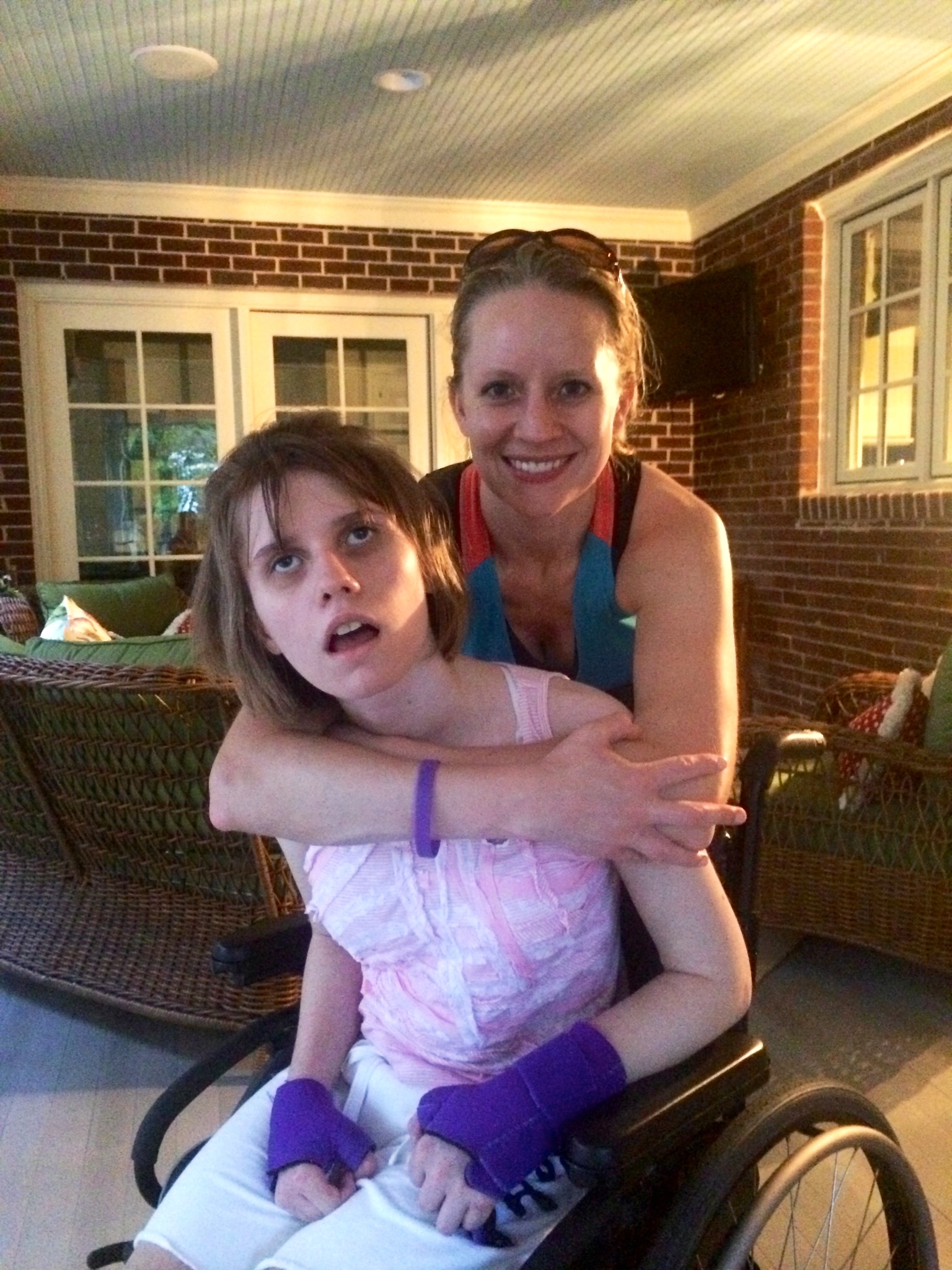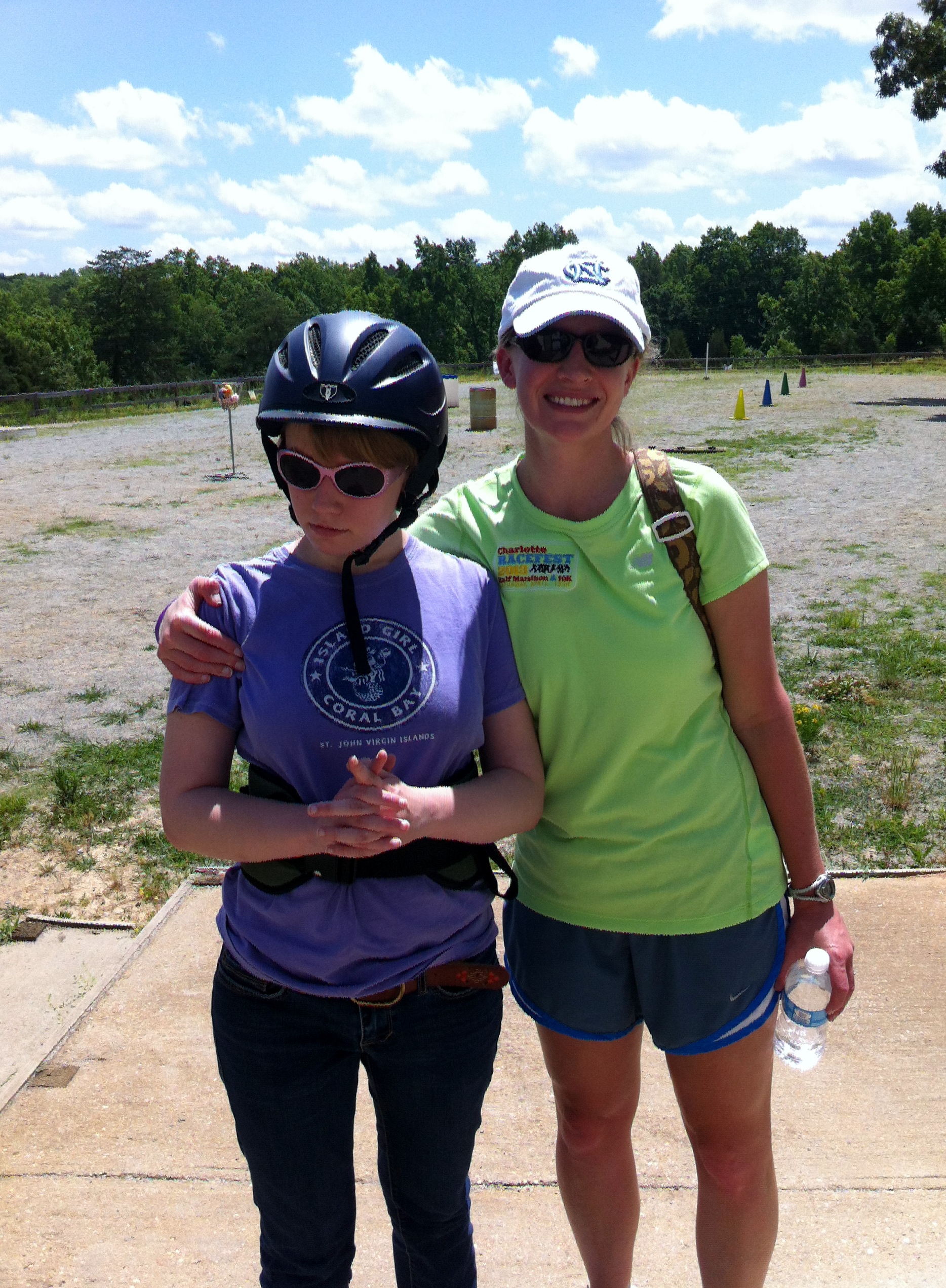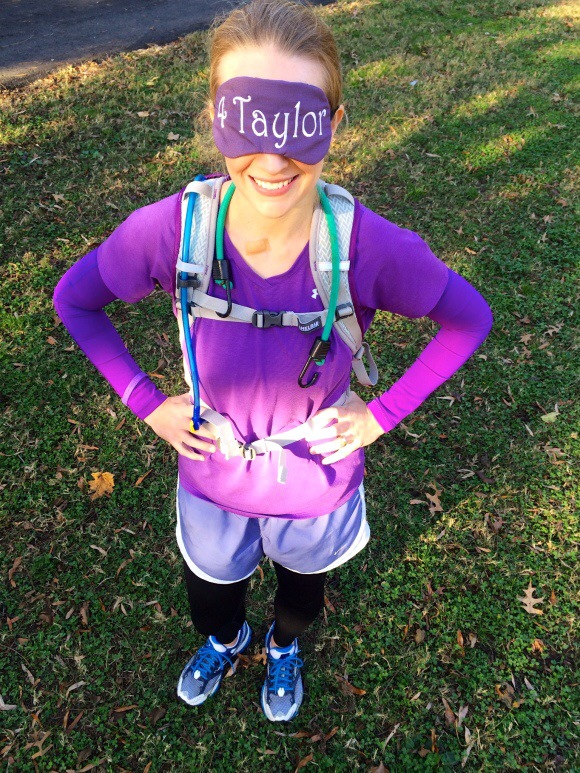When I crossed the finish line of Charlotte’s Thunder Road Half Marathon blindfolded last fall, I knew the race would be a tough act to follow. But I didn’t intend to stop running for my sister, Taylor, and our fight against Batten disease and other rare diseases.
On National Running Day, I shared my plan to run a race in all 50 states – a feat not as rare as running 13.1 miles blind but one that I hope will help me spread our story far and wide.
I kicked off my quest at Oregon’s Crater Lake Rim Run on August 9; on Friday, I drove to Tennessee’s Great Smoky Mountains National Park for race number two.
John and I stayed in Townsend, the host town for the inaugural Great Smoky Mountains Half Marathon. Known as the “peaceful side of the Smokies,” Townsend sits at 1,070 feet, an average of 6,000 feet lower than my August race. Crater Lake is one of the most gorgeous places I’ve ever been, but Townsend’s smoky blue hills are more like the mountains I grew up climbing, and my Achilles tendinopathy and calf tightness gave me a lot of trouble in the week leading up to the race, so I was thankful for East Coast elevation and the “gradual hills” promised in the race guide.
Taylor has never been to Tennessee, but the Smokies are a subrange of the Appalachian Mountains, and North Carolina’s Appalachian Mountains have always been one of our favorite places to spend time together. John and I were married in a charming mountain town called Blowing Rock; my sister loved to play on the town park’s swings in the summer and drink hot chocolate at Kojay’s Cafe in the snowy winters. It’s close to impossible for my sister to travel these days (I’d hoped my mom and Taylor could go to the race in the Smokies with me, but it didn’t work out), but the Appalachian Mountains hold a lot of happy memories for my family. You might remember that for the Oregon race, I wore a string of beads Taylor made for me while she recovered from surgery at Oregon Health & Science University. For the Great Smoky Mountains Half Marathon, I packed a purple heart necklace my parents bought for Taylor at Blowing Rock’s Cone Manor.
On race morning, I awoke early to prepare. You may know that I’m ultra-competitive, but for this race, I’d made a pact with John that I would focus on finishing the race without injuring myself further, sharing Taylor’s story and getting home safely. While John slept in the dim hotel room, I used a foam roller and pleaded with my calves to loosen, and I said a silent prayer over my Achilles. I flipped on a small light and wrote my signature “4TAYLOR” on my arm in purple ink (I won’t let anyone else do it). I filled my purple Camelbak with water and laced my just-broken-in purple Brooks Glycerin shoes. Everything, even down to my Garmin watch, was purple or pink (Taylor’s favorite colors). After I pinned on my bib, I slipped my sister’s necklace over my head.
I felt tight through the playing of the national anthem, the sound of the starting gun and the race’s first turn. But as the course opened up, I saw the sunrise flooding the sky behind the mountains, an open field stretching out like a blanket beneath it. It looked like heaven. I felt my sister’s heart against my heart. And suddenly, my legs didn’t hurt anymore. I found my stride, and I kept it.
John surprised me around mile marker three at one of several bridges on the course. It made me so happy to see him; as much as I love to run, distance running can make for a lonely journey, and a rural course doesn’t have the constant crowd support of an urban race. Rather than lines of fans three-deep, the landscape looked like this:
John came to the last bridge at mile eight, and it’s a good thing he did. His support gave me the emotional boost I couldn’t get from my CLIF Shot Bloks, and the next three miles were the toughest of the race. In addition to a steep climb, they were on curvy, severely banked mountain roads that reminded me of the ones I ran at Crater Lake. I felt a huge blood blister forming on my right foot as my right side took a constant pounding. I thought about my left Achilles and thanked God the road wasn’t banked the other way. At mile nine, I couldn’t help it: I speed-walked two of the hills. A year ago, I wouldn’t have dared walk in a race. But I’ve gotten older and wiser (and more injured); I’ve learned that this 50-state quest is a marathon, not a sprint, just like Taylor’s fight against Batten disease and our fight for a better future for the millions suffering from a rare disease. If we give too much too quickly, we won’t have any gas left in the tank for the next mile; we won’t survive to see the finish line.
Eventually, the finish line of the inaugural Great Smoky Mountains Half Marathon came into view. I didn’t sprint for fear of popping my injured Achilles, but I gave it a little extra and ran across the finish line like I hadn’t just run 13.1 miles. Injuries, speed-walking and all, I finished with my second-best half marathon time ever (but still seven minutes off my PR).
I told John there was no way I’d won an award. My age group (30-34) is usually the toughest, and at this race, it had the most runners by a long shot, with 107. But it was a gorgeous morning, there was a bluegrass band playing, and our hotel had granted us an extended checkout. So we decided to stick around just for the heck of it.
The race gave awards five-deep. Once they’d given out medals for fifth, fourth and third place in my division, I started to walk away. That’s when they called my name for second place. John let out a loud whoop, but I was still in a daze as I walked up to get my silver medal.
A lot of people would have taken the rest of the day off, but that’s not my style, maybe partly because Batten disease has shown me how short life can be and how precious each day really is. In any case, after a quick shower and an unhealthy lunch (cheeseburger, French fries, root beer float and chocolate truffles), John and I loaded our packs, drove to another area of the park and hiked one of its steepest trails. After we scrambled up the bare stone face of Chimney Tops like a couple of mountain goats, I pulled out my medals and race bib for one last photo. I knew that when I got back home, I’d return to two distinct battles against Batten disease. In one of those battles, Taylor’s Tale and other advocates are gaining ground every day. I believe that with all of my heart. In the battle that hits closest to home for my family and me, we’re losing — and no medal I win can change that.
But for that moment in time, I was on top of the world.
Make a tax-deductible gift today and help write the happy ending to Taylor’s Tale.

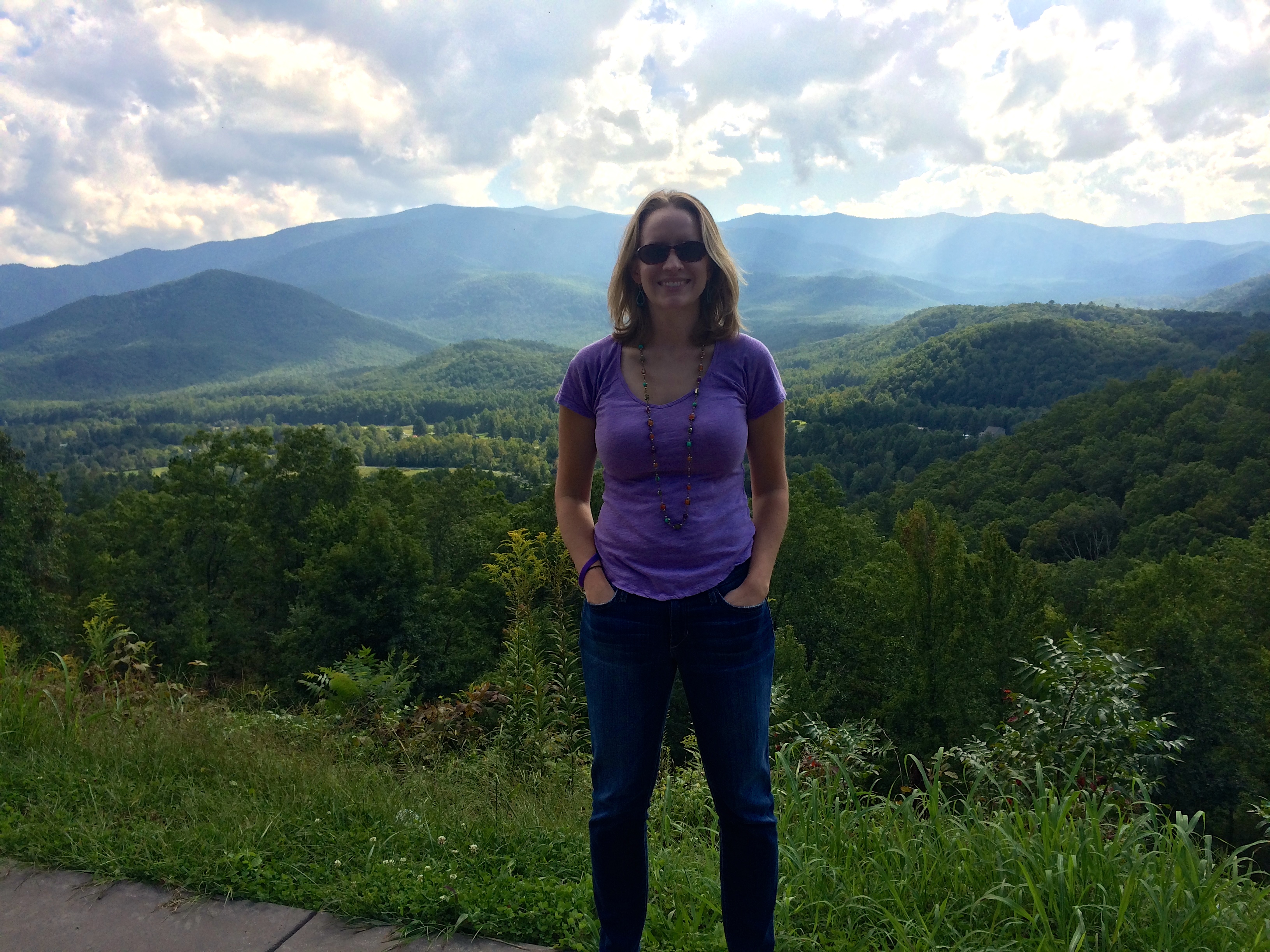
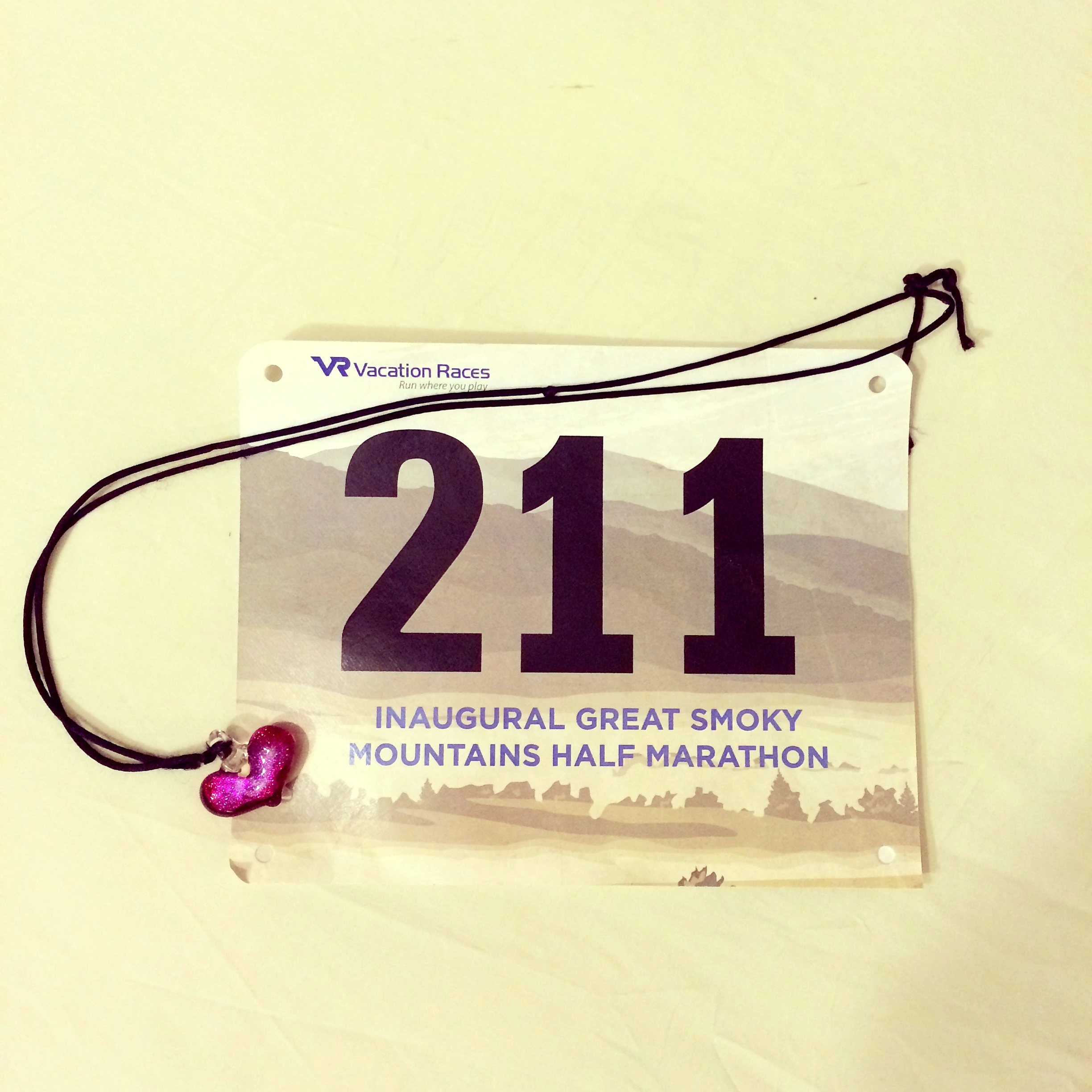
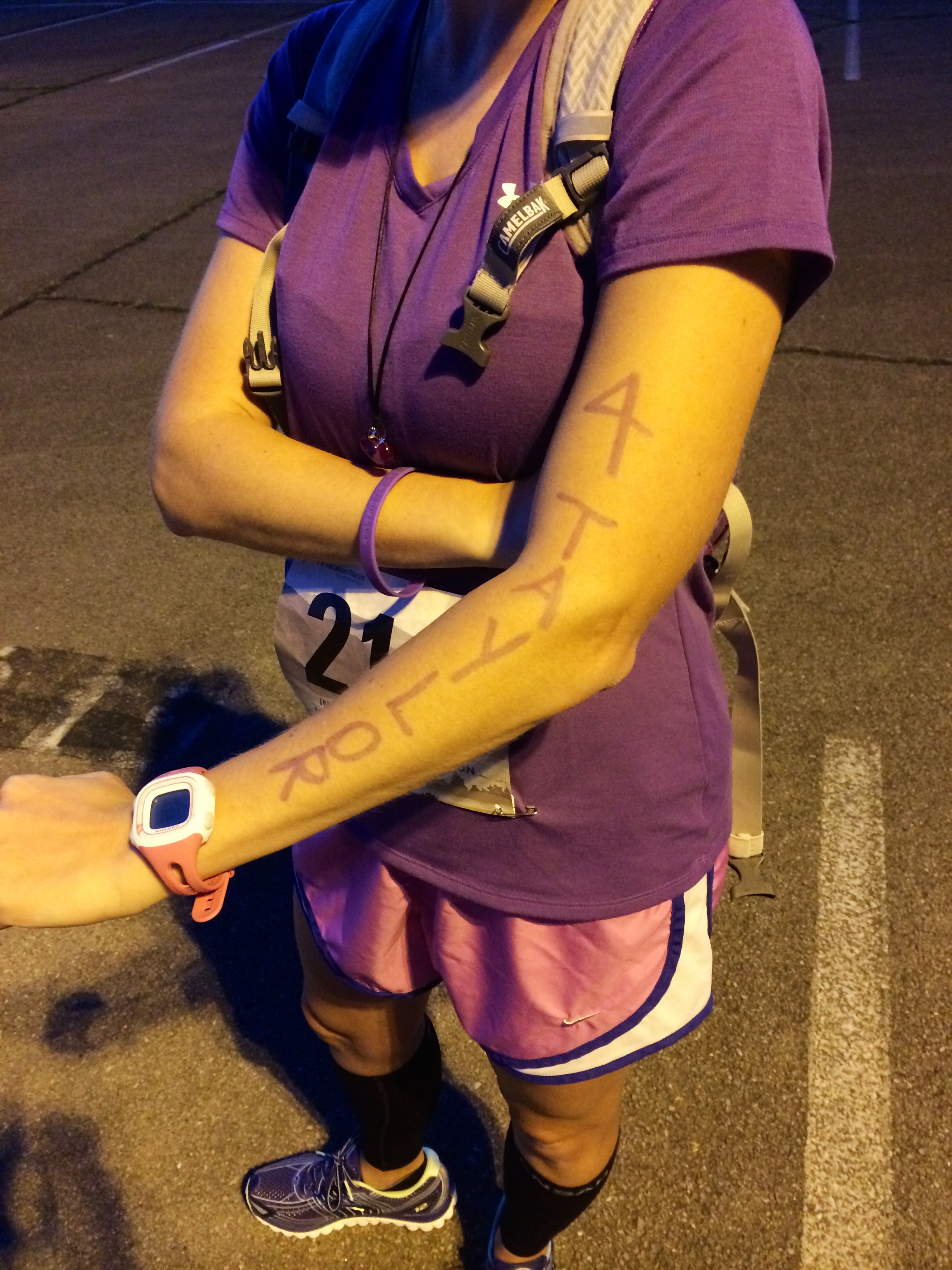
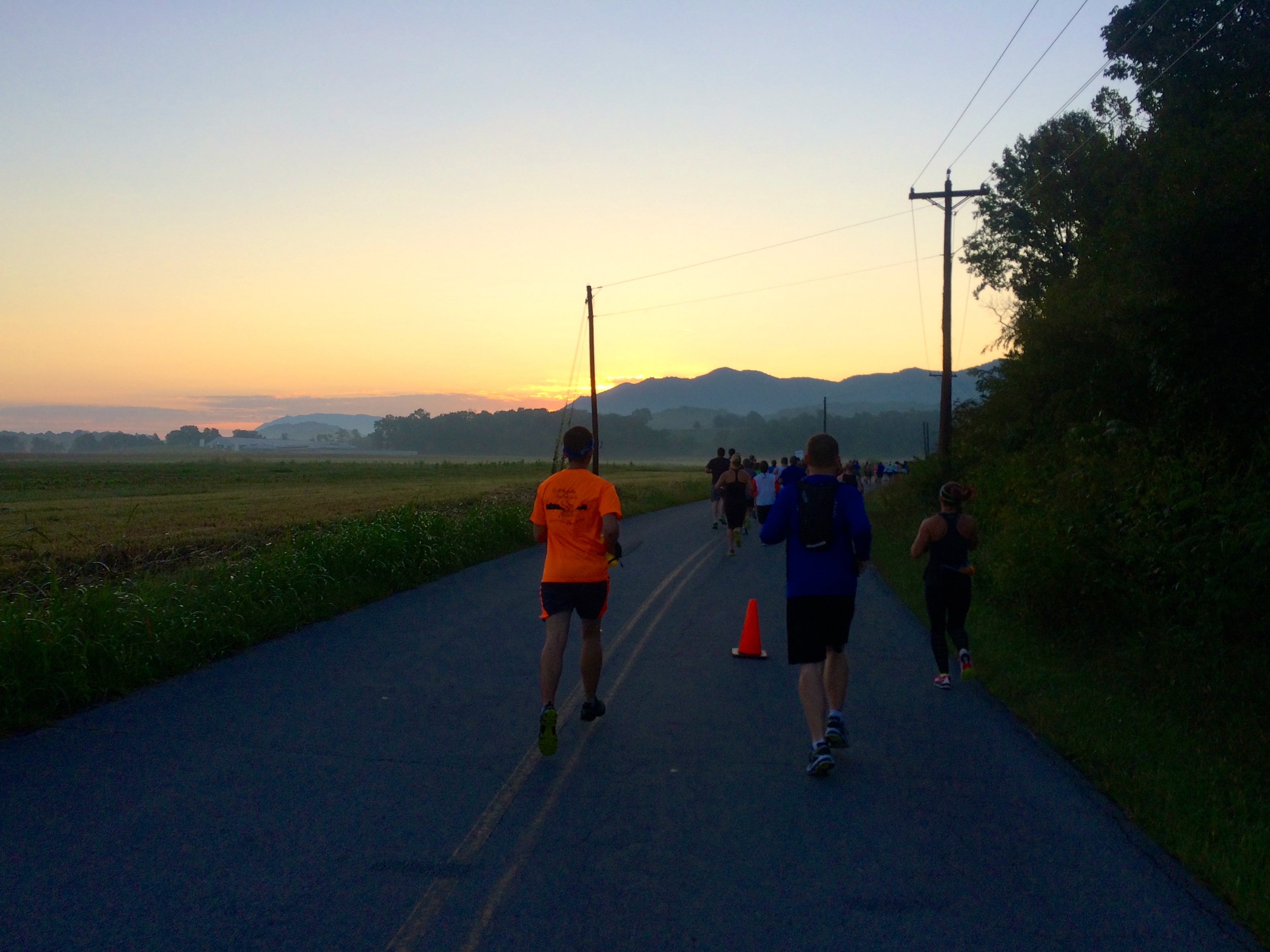
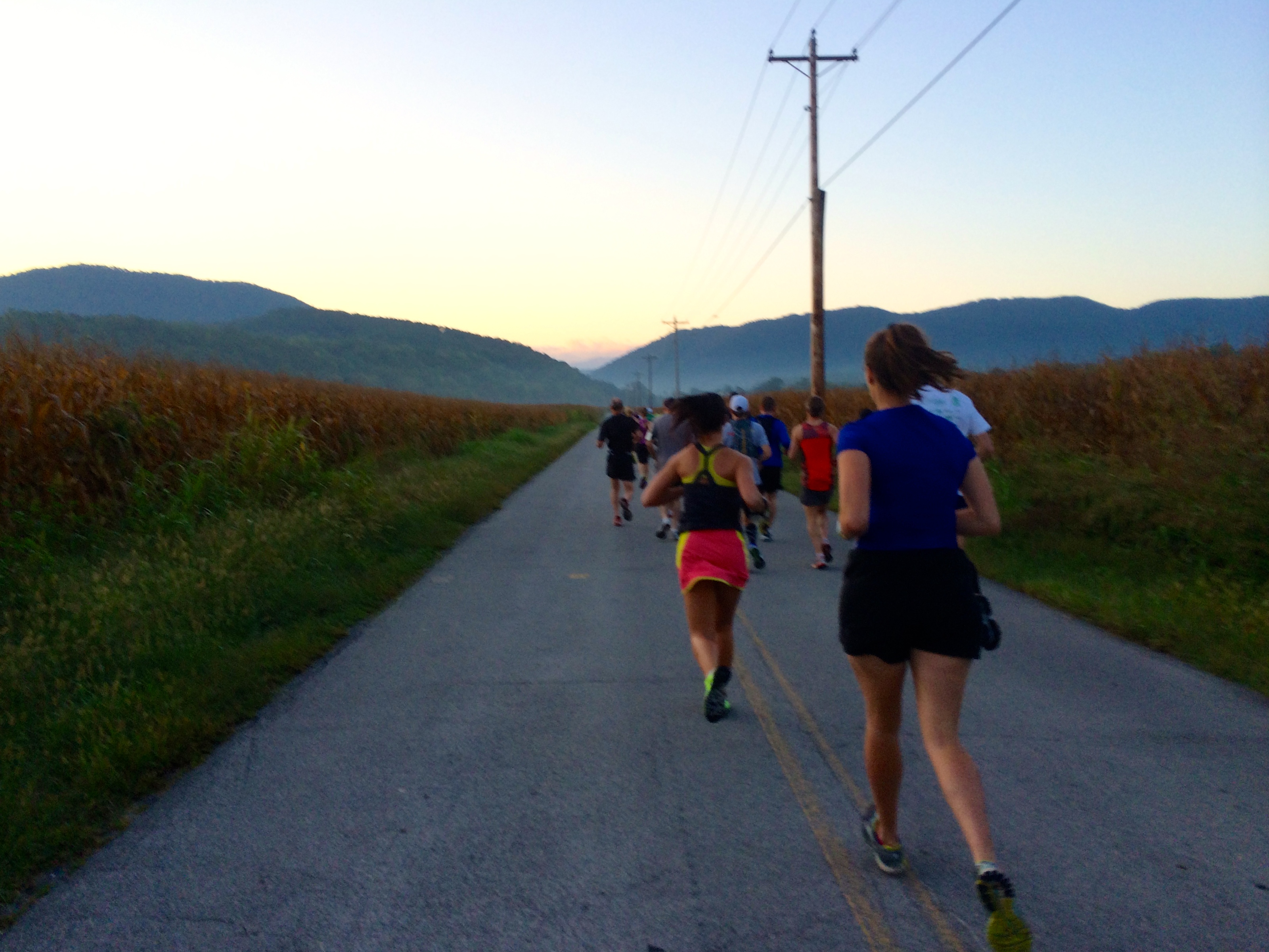

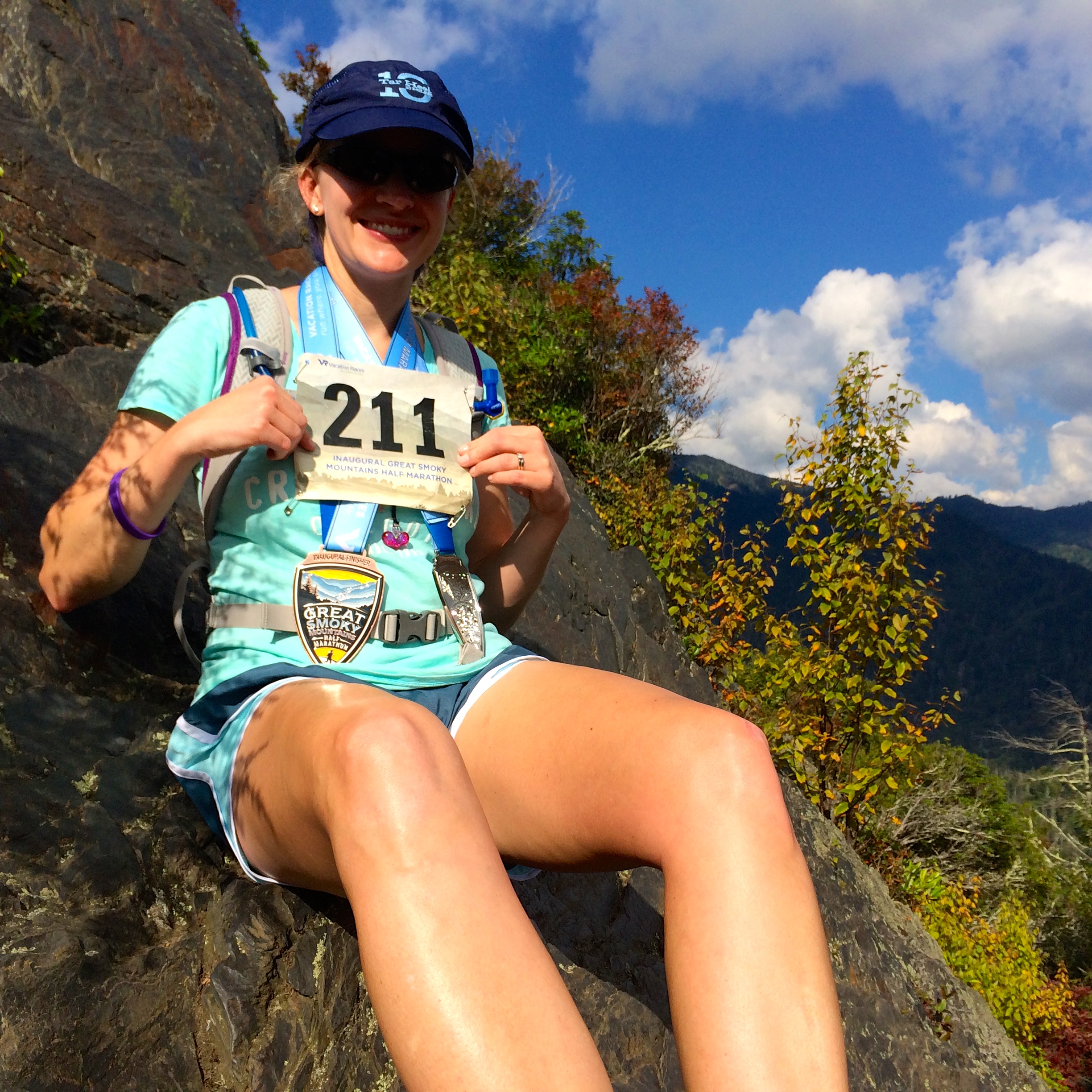
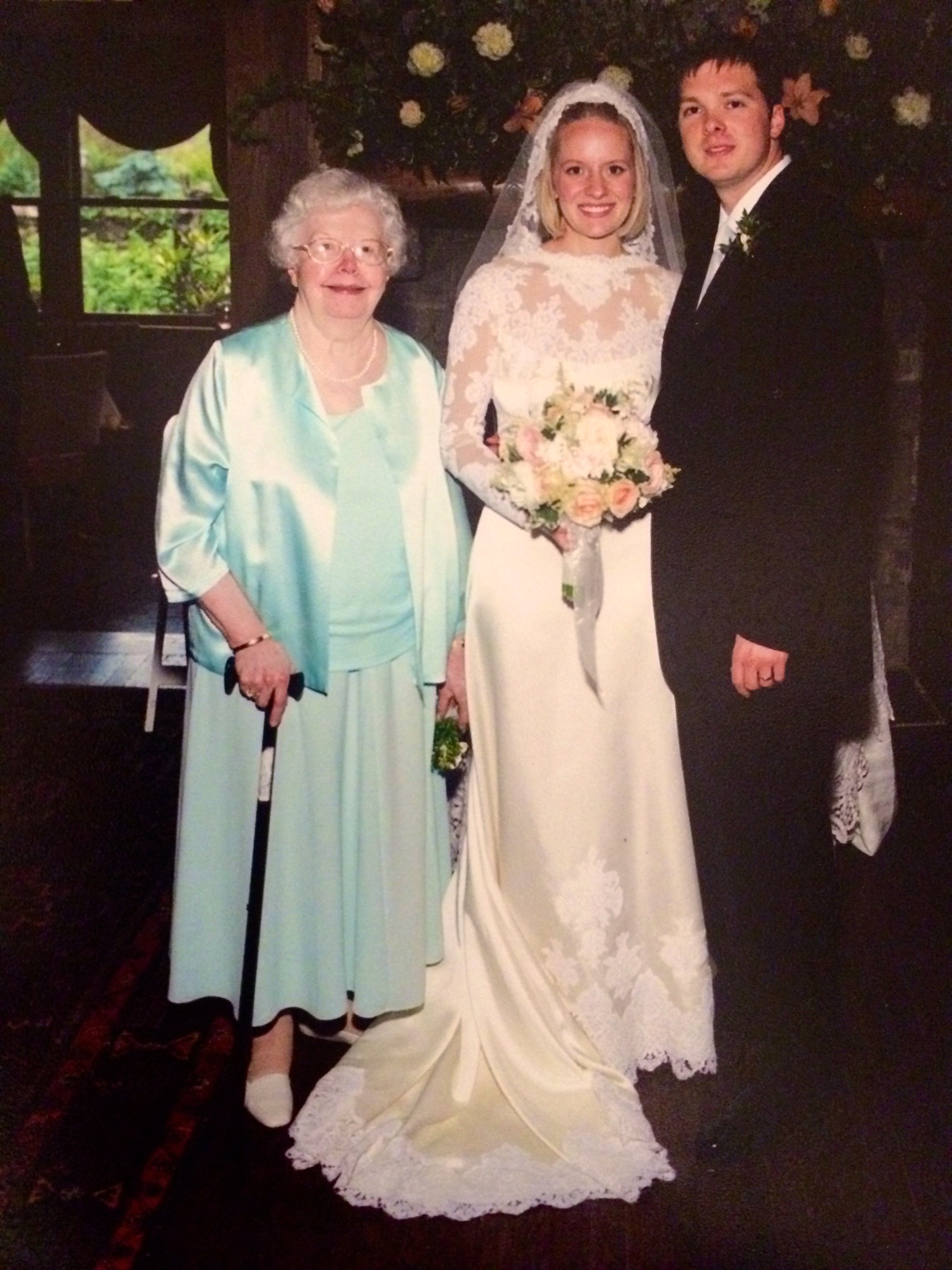
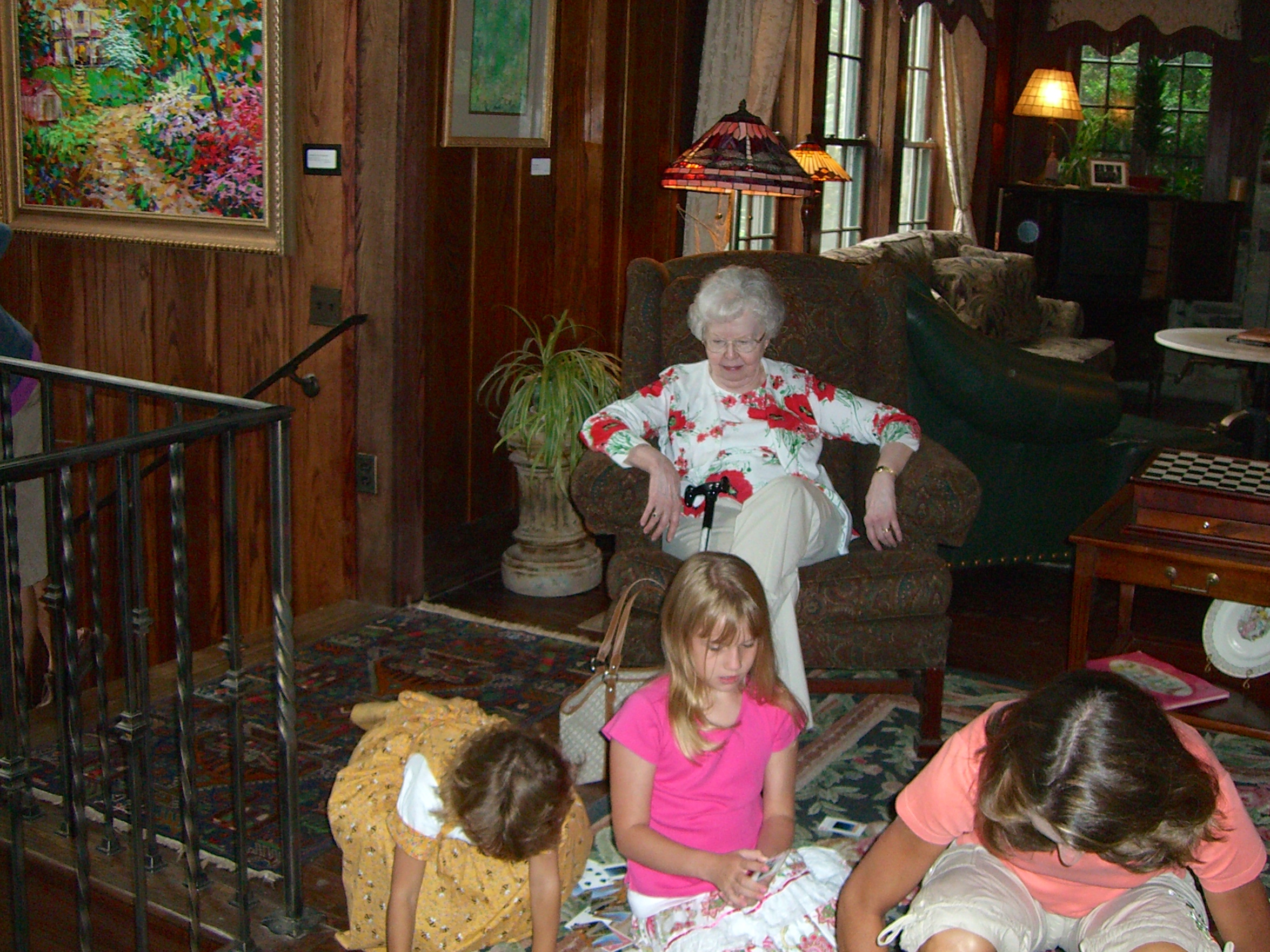 She wrote a letter to my sister Taylor—out of all of her grandchildren, probably the one she got to know the least well.
She wrote a letter to my sister Taylor—out of all of her grandchildren, probably the one she got to know the least well.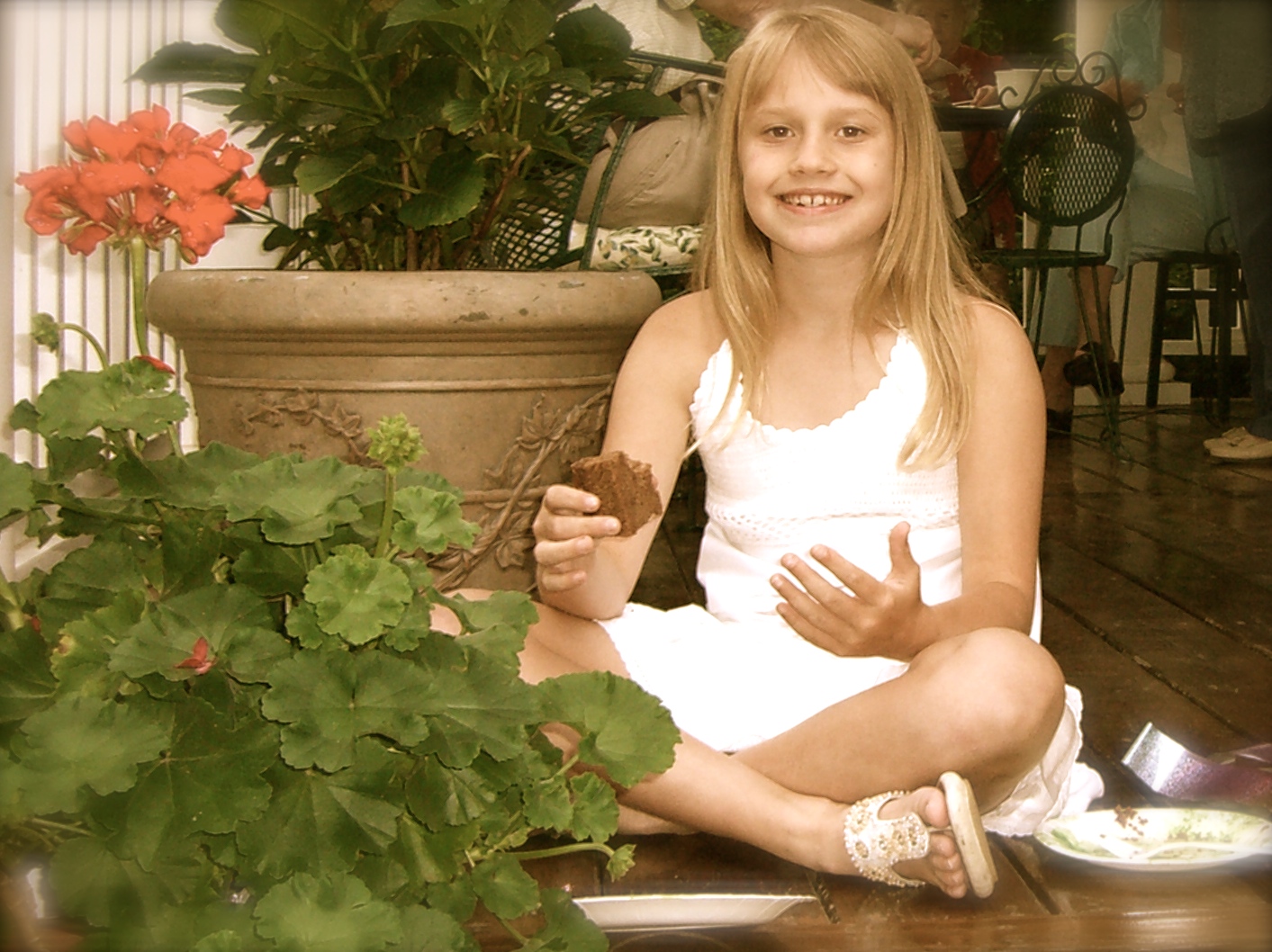
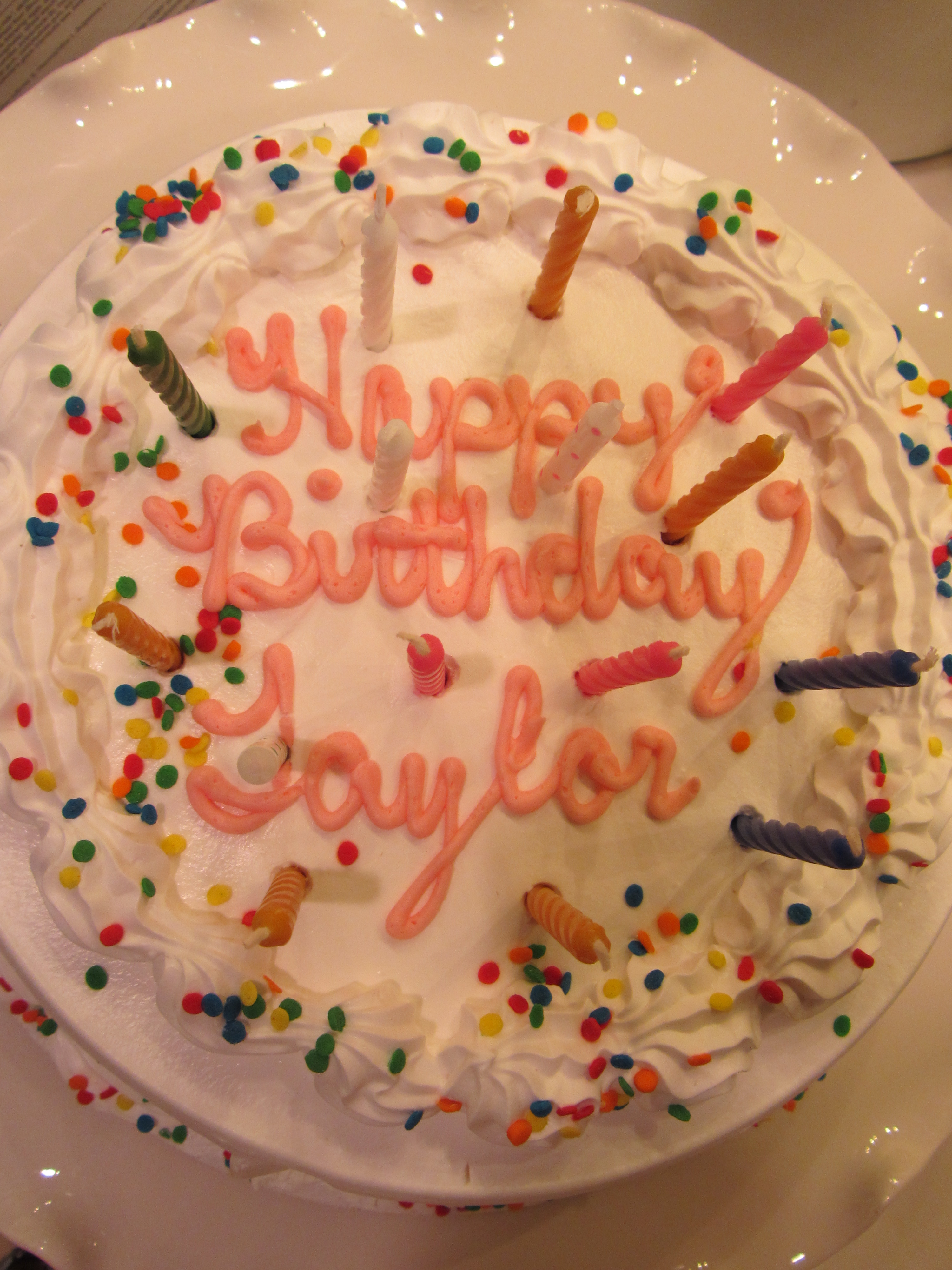 Tomorrow (August 19) is Taylor’s 16th birthday. In honor of my little sister’s Sweet Sixteen, I’m asking my readers to do at least one of the following:
Tomorrow (August 19) is Taylor’s 16th birthday. In honor of my little sister’s Sweet Sixteen, I’m asking my readers to do at least one of the following: